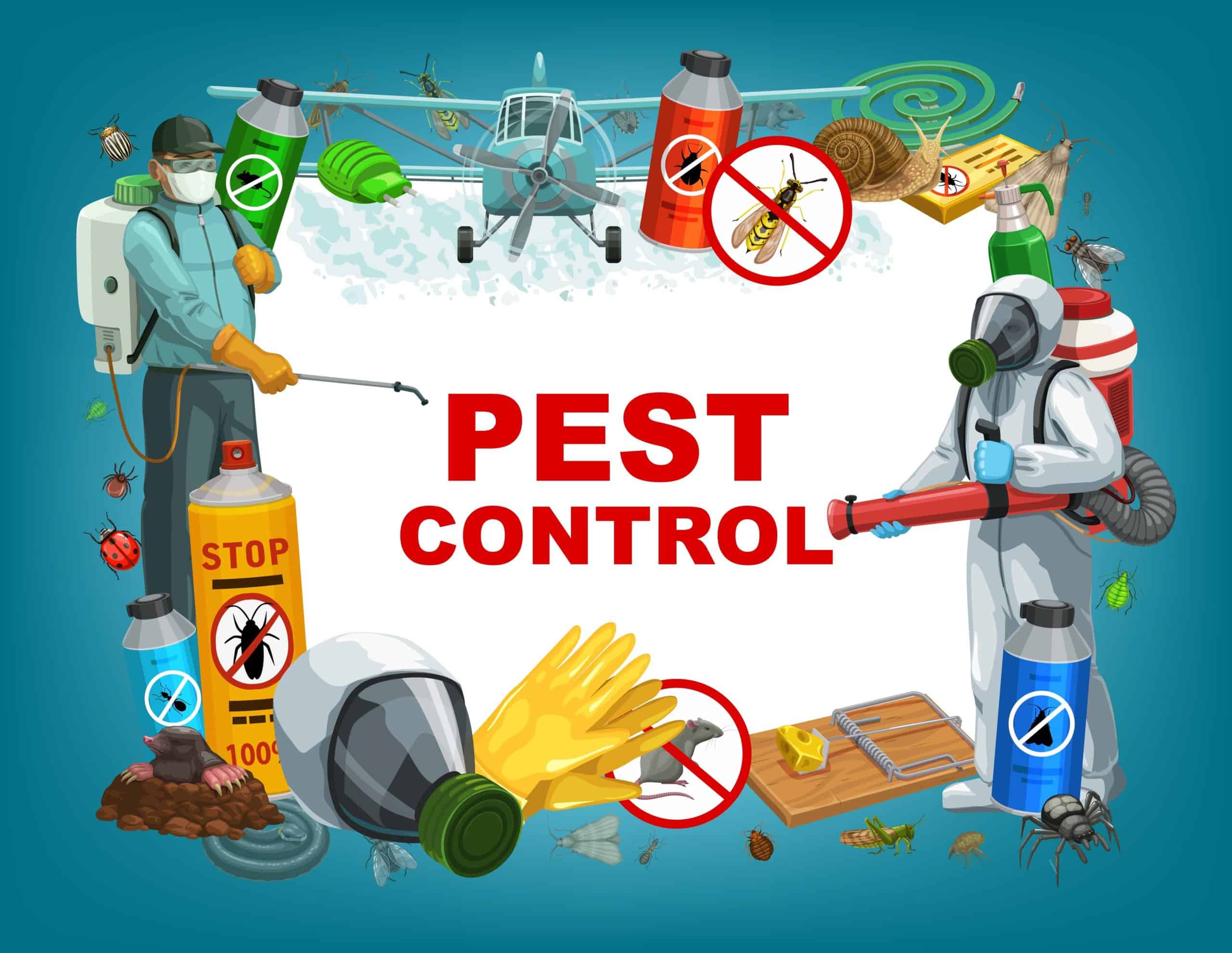Trusted A1 Exterminator Charlotte NC - Comprehensive Pest Solutions
Trusted A1 Exterminator Charlotte NC - Comprehensive Pest Solutions
Blog Article
Bed Insect Therapy Break Down: Contrasting Chemical Vs. Non-Chemical Solutions
In the world of pest control, specifically when managing the consistent issue of bed bugs, the selection between chemical and non-chemical therapy options can be a critical one. Both techniques provide distinct benefits and downsides, affecting aspects such as effectiveness, security considerations, and total price. By checking out the nuanced details of each method, a more clear understanding of which course to pursue in addressing a bed pest problem can be acquired.
Efficiency of Chemical Treatments
Chemical treatments for bed insect invasions have actually been commonly recognized for their potent and rapid efficacy in eliminating these bugs. When thinking about the effectiveness of chemical treatments, it is vital to understand that they can offer a quick and complete option to a bed insect trouble. Professional pest control operators usually rely upon pesticides to target bed pests at numerous phases of their life cycle, including eggs, adults, and nymphs. These chemicals typically work by disrupting the bed pests' nerves, causing paralysis and ultimate fatality.
Moreover, chemical treatments have the advantage of supplying residual effects, suggesting that they can remain to get rid of bed pests also after the first application. This recurring action is particularly advantageous in combating any potential re-infestations. Additionally, the quick action of chemical treatments can bring relief to people encountering extreme bed insect problems, enabling them to gain back control of their space rapidly.
Safety Interest In Chemical Solutions
One essential facet that requires mindful consideration when using chemical options for bed bug therapy is guaranteeing the safety of owners and the atmosphere. Direct exposure to particular chemicals utilized in bed bug therapies can lead to respiratory concerns, skin irritability, or various other adverse responses, specifically in people with pre-existing conditions or level of sensitivities.
Furthermore, the environmental influence of chemical options is one more substantial factor to consider. Some chemicals used in bed pest treatments may be damaging to useful pests, wild animals, and communities if they seep into the soil or water supply. It is important to use chemical treatments judiciously, adhering to safety standards, and thinking about much less hazardous alternatives to alleviate these dangers and guarantee the reliable and secure monitoring of bed bug problems.
Benefits of Non-Chemical Approaches
Taking into consideration the prospective security problems and environmental influence related to chemical options for bed bug treatment, exploring non-chemical techniques offers an encouraging option with several unique benefits. Non-chemical techniques supply a more sites secure option for households, especially those with family pets, individuals, or children conscious rough chemicals. These methods remove the risks of direct exposure to harmful substances, minimizing the potential for unfavorable health impacts. In addition, non-chemical therapies are eco-friendly, as they do not add to air or water pollution, making them a sustainable option for insect control.
Additionally, non-chemical solutions can be reliable in targeting bed pests, consisting of hard-to-reach areas where chemical therapies might not pass through - A1 charlotte bed bug exterminator. Techniques such as heat treatment, vacuuming, vapor cleaning, and bed mattress encasements offer thorough eradication without the usage of damaging chemicals.
Limitations of Non-Chemical Treatments

Furthermore, non-chemical treatments often need several applications to accomplish successful eradication. This can be lengthy and might not constantly assure full elimination of all bed bugs and their eggs, particularly in covert or hard-to-reach areas.
In addition, the success of non-chemical treatments greatly relies upon proper implementation and thoroughness, which can be challenging for individuals without expert know-how. Poor application of non-chemical methods may cause incomplete obliteration, causing relentless problems and the requirement for added therapies.
As a result, while non-chemical treatments have their benefits, it is essential to acknowledge these constraints and consider them when identifying the most effective method for handling bed pest invasions.
Cost Comparison: Chemical Vs. Non-Chemical Options
Provided the restrictions linked with Going Here non-chemical therapies, a necessary element to evaluate in the context of bed pest administration is the cost comparison in between chemical and non-chemical choices. In comparison, non-chemical therapies like heat therapy or steam can be much more pricey, with costs ranging from $1,000 to $6,000 for a whole home. While the first expense of chemical treatments might seem reduced, several treatments might be needed to fully remove the problem, potentially raising the general expense.
Conclusion

Considering the possible safety concerns and environmental impact associated with chemical options for bed bug treatment, exploring non-chemical techniques presents an appealing option with several distinctive advantages.Offered the constraints associated with non-chemical therapies, a necessary aspect to evaluate in the context of bed pest management is the price comparison between chemical and non-chemical alternatives. In contrast, non-chemical therapies like heat treatment or steam can be more pricey, with expenses ranging from $1,000 to $6,000 for a whole home. While the initial expense of chemical therapies might appear reduced, multiple treatments might be called for to totally eradicate the infestation, possibly raising the general expense.In verdict, when comparing chemical and non-chemical bed insect treatment choices, it is vital to think about performance, safety and security, benefits, restrictions, and expense.
Report this page